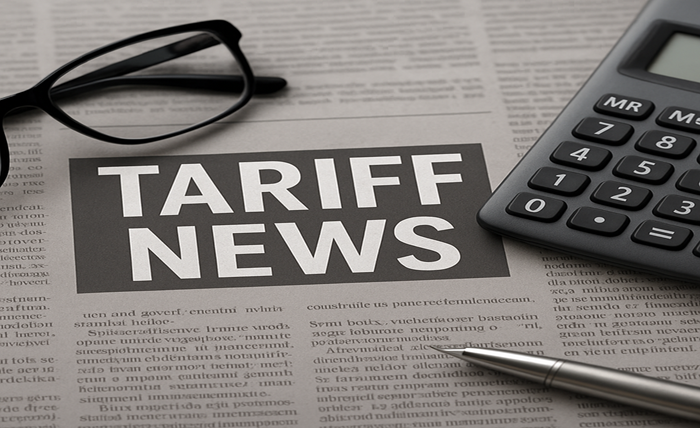Introduction
Tariff news has a significant impact on global trade, market tactics, and consumer costs in today’s interconnected world. Tariff changes affect supply chains, pricing, and even international relations for both small and large manufacturing companies. Keeping up with tariff updates helps individuals, businesses, and policymakers adjust to changing trade environments as economies become more interdependent.
This article explores the most recent developments in tariffs, how they influence global trade, and how companies may prepare for changes to trade laws, taxes, and import duties. We’ll also discuss how these adjustments connect with sectors such as technology, agriculture, and energy.
What is Tariff News and Why It Matters
Updates and reporting about tariffs on imported or exported goods are often grouped under tariff news. Governments use tariffs to negotiate trade agreements, safeguard domestic industries, and generate revenue. Because these changes affect pricing strategy, supply chain efficiency, and competitive advantage, staying informed is critical for businesses.
When tariff news rates rise, imported goods become more expensive. Local manufacturers may benefit, but consumers often face higher prices. On the other hand, tariff reductions lower costs, increase competitiveness, and promote free trade. Companies in international markets rely on reliable coverage of tariff changes to make informed decisions.
Current Trends Affecting Trade
Recent reports highlight several important global patterns:
-
US-China Trade Relations
Global supply chains continue to feel the effects of tariffs introduced by both the United States and China. These measures impact industries ranging from agriculture to technology, and businesses worldwide closely track developments. -
European Union Policies
The European Union frequently makes headlines with regulations involving digital services, agricultural imports, and environmental standards. EU trade policies often set benchmarks for global practices, which is why businesses follow them carefully. -
Emerging Markets
Countries in Asia, Africa, and Latin America are adjusting tariffs to attract investment while still protecting key industries. These changes illustrate how developing economies balance protectionism with growth.
How Tariffs Impact Businesses
Tariff announcements affect industries in several ways:
-
Cost of Goods: Import-dependent companies may see expenses rise when tariffs increase.
-
Consumer Prices: Higher tariffs often translate into higher retail costs, affecting demand.
-
Supply Chain Strategies: To bypass tariffs, companies sometimes relocate manufacturing.
-
Investment Choices: Investors watch trade policy updates to anticipate stock market shifts.
For example, a hike in import duties on semiconductors could push electronics firms to raise prices or move production. Conversely, reduced tariffs on agricultural exports can expand opportunities for farmers.
Key Sectors Closely Tied to Tariff News
-
Technology
With global supply chains driving innovation, technology firms often face disruption when tariffs target semiconductors, batteries, or consumer electronics. -
Agriculture
Farming is heavily influenced by trade policy. Dairy imports and wheat exports, for example, can shift drastically with even minor adjustments in tariff rules. -
Energy
Oil, gas, and renewable energy industries also come under scrutiny. Solar panels and green technology imports frequently appear in international tariff discussions.
Global Responses
Governments, businesses, and consumers react differently:
-
Governments negotiate trade deals for better terms.
-
Businesses adapt by seeking alternative suppliers or lobbying for reduced rates.
-
Consumers often switch to local goods when imports grow costly.
The Role of Media
Accurate reporting ensures businesses and individuals can make informed decisions. Trade publications, financial outlets, and international news platforms help track policy updates. Without reliable media, stakeholders risk reacting too late.
Preparing for the Future
Since world politics remain unpredictable, businesses should:
-
Monitor trusted financial and trade sources.
-
Diversify supply chains to reduce reliance on one region.
-
Invest locally where feasible to avoid tariff risks.
-
Advocate for favorable trade laws that support industry growth.
Conclusion
Tariff news is more than just headlines; it reflects global economics, politics, and commerce. Staying informed helps businesses and individuals navigate changes, whether through tariff hikes that reshape industries or tariff cuts that increase competition. By keeping an eye on tariff news, stakeholders can prepare for future challenges and opportunities in international trade.

